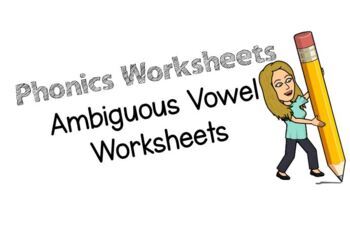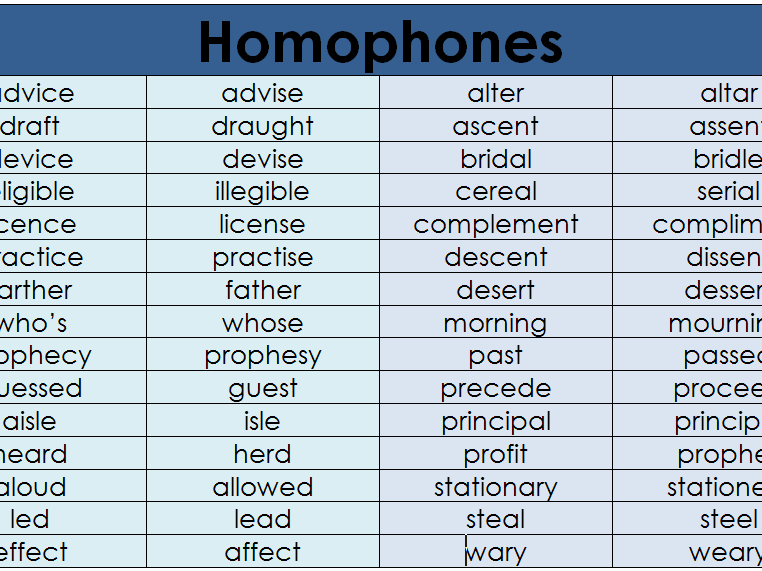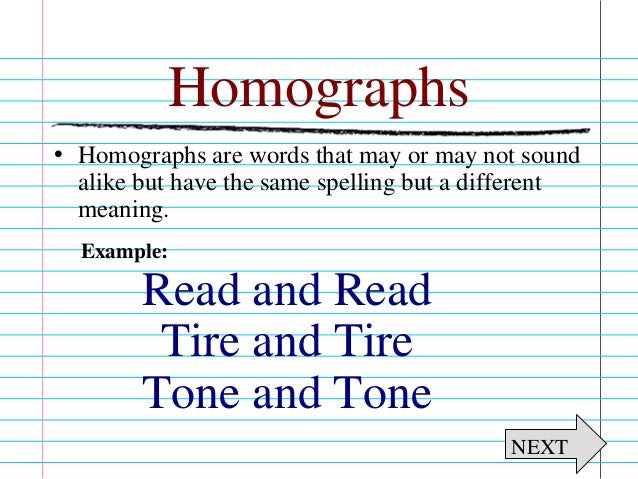Words of the Week: #8
Words of the Week: #8
1) Word Consciousness- an attitude of curiosity and attention to words critical for vocabulary development.(Bear, Donald R., et al. Words their Way, Pearson, 2020.)
Word consciousness is important because this allows students to become more aware of words and it helps them build their vocabulary. When students are curious about words they will want to learn, they will learn more words, etc.
 https://blogger.googleusercontent.com/img/b/R29vZ2xl/AVvXsEjfH-dXAKIf37Yu6TPBpFB0AGwdPCGiWhdBBkjrOP63uj0-LukVhIqZipjB5I3vZZ8IYnC3NAZec5w3q1HujTTkwPWKsNnIAXK_021JWj4dw_VdJhKO5JGd8La6EkPP5IY3HIZb4OlRk6M/s1600/Consciousness-657x360.jpg
https://blogger.googleusercontent.com/img/b/R29vZ2xl/AVvXsEjfH-dXAKIf37Yu6TPBpFB0AGwdPCGiWhdBBkjrOP63uj0-LukVhIqZipjB5I3vZZ8IYnC3NAZec5w3q1HujTTkwPWKsNnIAXK_021JWj4dw_VdJhKO5JGd8La6EkPP5IY3HIZb4OlRk6M/s1600/Consciousness-657x360.jpg2) Diphthongs- complex speech sounds beginning with one vowel sound and moving to another within the same syllable. The oy in boy is a diphthong, as is the ou in cloud.
(Bear, Donald R., et al. Words their Way, Pearson, 2020.)
These are important simply because there are many words in the English language that include diphthongs. Words that include diphthongs are complex because there are two different vowels within the word that make a different sound. Additionally, because of the different sounds within the word, there are different movements the tongue has to make to produce the word.
 https://shachinegi.files.wordpress.com/2014/11/diphthongs2.jpg
https://shachinegi.files.wordpress.com/2014/11/diphthongs2.jpg3) Ambiguous Vowels- a vowel sound represented by a variety of different spelling patterns or vowel patterns that represent a wide range of sounds.
(Bear, Donald R., et al. Words their Way, Pearson, 2020.)
It's important for students to know about ambiguous vowels because the English language has many inconsistencies. Ambiguous vowels are an example of an inconsistency in the English language. They are challenging because words with the same vowel pattern may sound different. For example, the ou in mouth, cough, through, and tough.
 https://ecdn.teacherspayteachers.com/thumbitem/Ambiguous-Vowels-Bundled-Pack-1500873631/original-509210-1.jpg
https://ecdn.teacherspayteachers.com/thumbitem/Ambiguous-Vowels-Bundled-Pack-1500873631/original-509210-1.jpg4) Homophones- words that sound alike, are spelled differently, and have different meanings (e.g., bear and bare, pane and pain, and forth and fourth).
(Bear, Donald R., et al. Words their Way, Pearson, 2020.)
These are very important and something that tons of kids get confused with. Children need to know that homophones may sound the same, but they mean completely different things and they are spelled differently. This will allow them to become fluent readers and be conscious of homophones and know the differences between them.
 https://d1e4pidl3fu268.cloudfront.net/5871d6c0-8080-401f-9976-9d688a63e3dc/Homophones.crop_762x571_90%2C0.preview.png
https://d1e4pidl3fu268.cloudfront.net/5871d6c0-8080-401f-9976-9d688a63e3dc/Homophones.crop_762x571_90%2C0.preview.png5) Homographs- words that are spelled alike but have different pronunciations and different meanings (e.g., "tear a piece of paper" and "to shed a tear"; "lead someone along" and "the element lead").
(Bear, Donald R., et al. Words their Way, Pearson, 2020.)
Children also get very confused with these and it's important for teachers to discuss the differences with students. Homographs are spelled exactly the same, but mean different things. I think teaching about context and context clues is very important when you discuss homophones with students because when they go to read they will be able to determine which word it is when they know the context of the text.
 https://image.slidesharecdn.com/homophonehomograph-141008164226-conversion-gate01/95/homophonehomograph-5-638.jpg?cb=1412786636
https://image.slidesharecdn.com/homophonehomograph-141008164226-conversion-gate01/95/homophonehomograph-5-638.jpg?cb=14127866366) Homonyms- words that share the same spelling but have different meanings (tell a yarn, knit with yarn).
(Bear, Donald R., et al. Words their Way, Pearson, 2020.)
Homonyms are also confusing as well and it's essential for students to know about. These words are spelled the same, but can be used in different ways. For example, the word fly. I want to fly and the fly needs to go away.
 https://7esl.com/wp-content/uploads/2019/03/COMMON-HOMONYMS-IN-ENGLISH.jpg
https://7esl.com/wp-content/uploads/2019/03/COMMON-HOMONYMS-IN-ENGLISH.jpg
Comments
Post a Comment